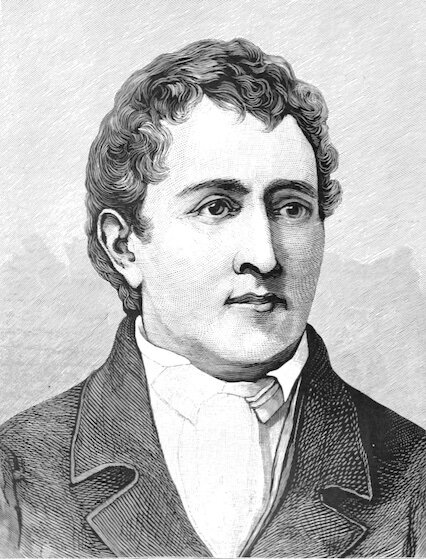Cream of Tartar: What is it, where does it come from, what does it do?
It may win the prize for food names that conjure up images having nothing to do with the food itself. Cream of tartar sounds like an ill-conceived combination of a fish dipping sauce and…I don’t know…maybe a soup? Let’s set aside the weirdness and get to know this ingredient that belongs in every serious cook’s pantry.
Cream of tartar is refined potassium hydrogen tartrate (also known as potassium bitartrate or potassium acid tartrate.) It’s a by-product of wine making. Tartar forms naturally when the potassium and tartaric acid in wine bond to form a crystal. These crystals, called “wine diamonds,” adhere to the sides of the cask after the wine is removed. They can also be found on the underside of corks and as sediment at the bottom of a bottle of wine.
Its discovery can be traced to wine barrels from an ancient village in Iran. In 1768, Swedish chemist Charles William Scheele investigated its properties and isolated and refined cream of tartar. The resulting purified powder is white, and since “cream” often refers to the best of the best, it’s possible that these factors led to its current name.
So what does it do? Cream of tartar has traditionally been used as a component of leavening agents and it’s also helpful in preventing the formation of large crystals in candy making. But its most common use is as a whipped egg white stabilizer. In that role, it’s a rock star.
When egg whites are whipped into a foam, the protein molecules are denatured (unfurled from their coiled “natural” shape) and they bond to form a lining around the air bubbles in the foam. This lining protects the bubbles from rupturing. As beating continues, the bubbles get smaller, and as more proteins bond, the matrix becomes dense. Eventually the proteins can bond so tightly that they squeeze water out of the foam, causing it to collapse.
This is where cream of tartar comes in--usually at a ratio of 1/8 teaspoon per white. Because it is mildly acidic, it lowers the pH in the egg white proteins. This changes the electrical charge of the molecules in a way that discourages the proteins from bonding too tightly. The result is a stronger lining that keeps the bubbles moist, supple, and elastic. The foam has been stabilized.
And here’s a fun twist. Cream of tartar also keeps homemade playdough moist, supple, and elastic. For months. You may think playdough is just for the kindergarten crowd, but it has lots of learning applications for older students. In fact, we use it in some of our modeling activities and knife skills practice. If you’ve got a few spare minutes and the few ingredients needed, you can whip up a batch and let the creativity begin. RECIPE: https://www.thebestideasforkids.com/playdough-recipe/
Model of an Onion Cell
Sources: https://bitterbutter.org/2018/06/06/from-wine-casks-to-stove-propaganda-the-unlikely-journey-of-cream-of-tartar/
https://www.mcgill.ca/oss/article/general-science-history/cream-tartar
https://slate.com/culture/2013/11/what-is-cream-of-tartar-the-food-explainer-explains.html







